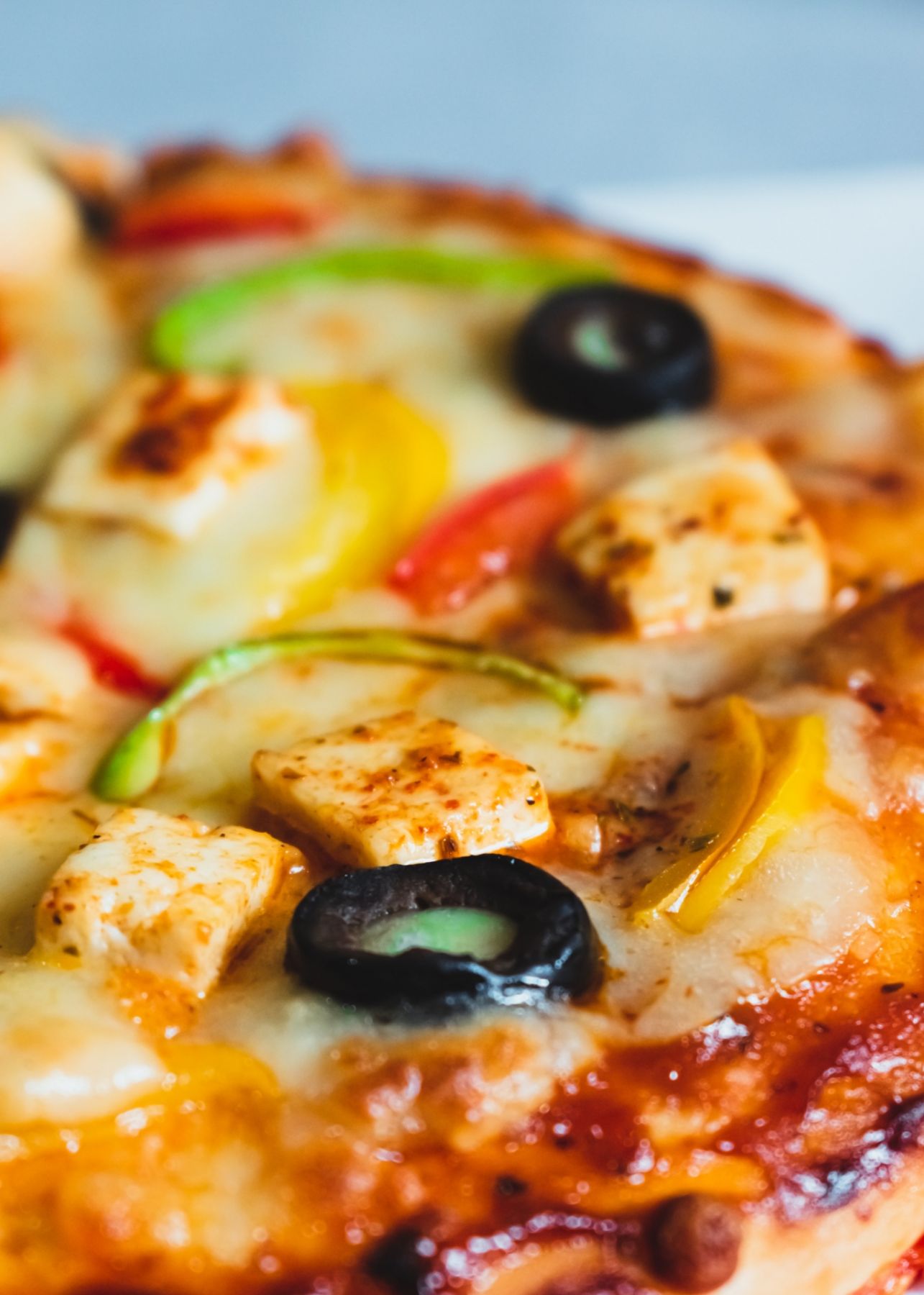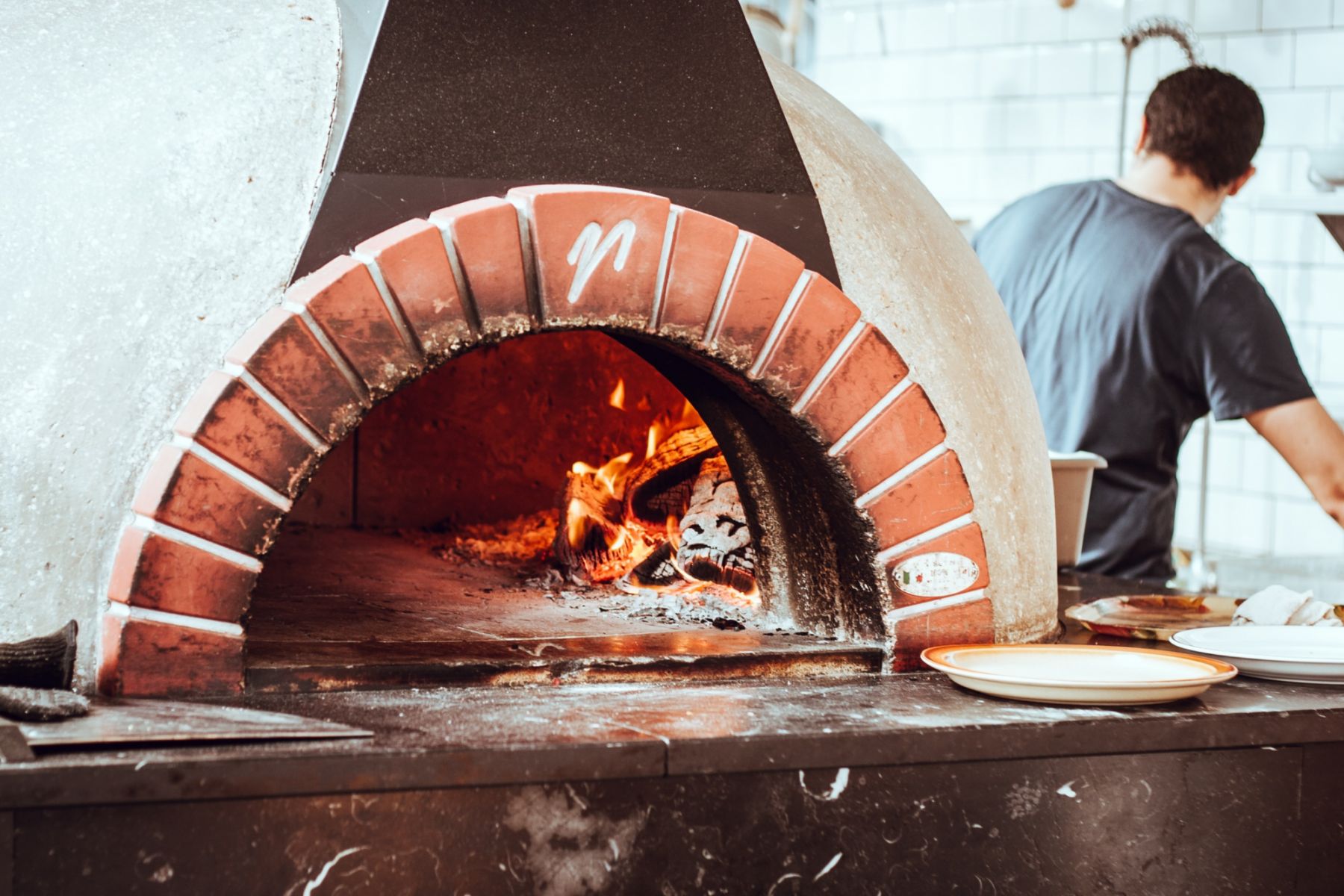Pizza-making has become a trend that seems to be here to stay
Over the years, pizza has evolved, adapting to the taste and produce from specific places, each new location infusing its own twist. The Sicilian pizza, for instance, comes in a fluffy, spongy bread topped with meatless tomato sauce; the Neapolitan is distinguishable for its chewy crust, doughy thin centre and fresh sauce; and the Roman pizza, made up of very thin crust and with a dough that is almost like focaccia.
Italian immigrants to the US are also credited for their own renditions: Chicago’s deep-dish pizza baked in a round steel pan that resembles a pie pan and the New York-style pizza known for its wide slice and crispy crust. Let’s not forget all the other varieties around the world that have featured all kinds of toppings, from pineapple to Peking duck.
High-quality flour plays an important role in pizza-making; the Italian-milled wheat flour by Naples- based brand Antimo Caputo can do wonders for your meal as it is recognised by the True Neapolitan Pizza Association (AVPN) that manages regulations for original Neapolitan pizza.

Thinner and pointed versions of tomatoes or the San Marzanos are ideal toppings for pizza. Not only are they sweet, but also rich in texture. Ready-picked San Marzanos usually come in jars, but people may opt to plant them in yards as these thrive in tropical areas like the Philippines.
This Italian favourite can be baked using different types of ovens: wood-fired, gas and electric. Find out more, here:
See also: Top Chefs In the Philippines Talk About Kitchen Tools That They Swear By


